This is #2 in a series of 8 posts about SYNAPSE. Visit the initial post for links.
Students all over the world are experimenting with new approaches to learning this spring. Navigating unique circumstances shaped by our current pandemic, kids are adjusting to their “new normal” where schooling is happening remotely — if it is being offered at all. While remote learning communities are altogether different from ones that operate within a campus, they remain powerful sources of structure, support, and optimism in our kids’ lives, providing education to empower their decisions and choices for years to come.
Rooted in the fundamentals of neuroscience and buoyed by the power of storytelling, SYNAPSE was designed to support students as they step up to new academic challenges. And, yes, remote learning counts as a new academic challenge. Offering practical steps students can take when they want to work smarter, not harder, SYNAPSE is easy to learn and fun to implement. Most importantly, SYNAPSE frees students from negative thought cycles that can undermine their progress, especially when the task at hand seems “just too big.”
Simplify – Reduce the process to its core elements
Clear frameworks scaffold new learning, much like the initial broad brushstrokes of a painting or outlines of a drawing support and direct further artistic expression. Simplifying a topic helps you focus your attention and keep your cognitive load to a minimum, preventing anxiety or other distractions from derailing primary steps of memory formation. Early success with a simple task will also buoy you with the momentum and confidence you need to tackle more advanced work. You can simplify your approach to complex topics by following a few ground rules based on what we know about attention, complexity, cognitive load, and stress.
- Do one thing. Commit time for a single task, allowing yourself time for uninterrupted learning.
- Remove irrelevant stimuli. Sweep your learning environment, moving all extraneous books and assignments out of sight. Put away your phone. Turn off music and social media apps.
- Identify the main idea. Inspect titles, subheadings, introductions, figures, and topic sentences for the main idea. Make a sketch or flowchart to reinforce the basic gist.
- Reduce complexity. Ignore details at the start. Begin constructing new knowledge using simple frameworks or schemas. Adding details to existing simple schemas promotes efficient, deeper learning, while reducing overall complexity and cognitive load.
- Consider your resources. Are they appropriate for your level? Are there less complicated approaches or tools available to reduce cognitive loading?
- Assess your stress level. Overwhelmed? Take a few minutes to identify available sources of support (teachers, peers, parents). Would 5 – 10 minutes of stretching, walking, or meditating help you re-center?
The words finis origine pendet are engraved within Phillips Academy’s school seal to remind us that “the end depends upon the beginning.” This is especially true when approaching new challenges. Moving slowly can seem paradoxical or unnatural at first — especially to Andover students — and requires an initial leap of faith. Once a slower and steadier approach proves its worth, though, this primary step of SYNAPSE sells itself.





